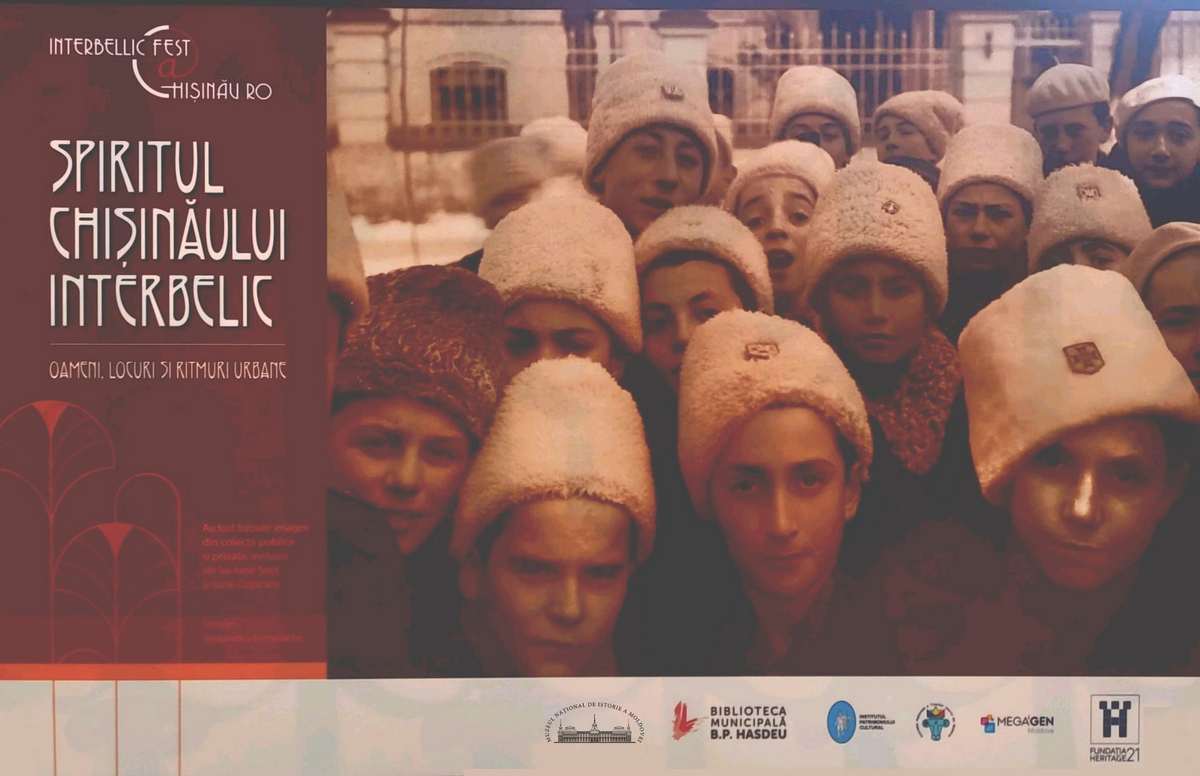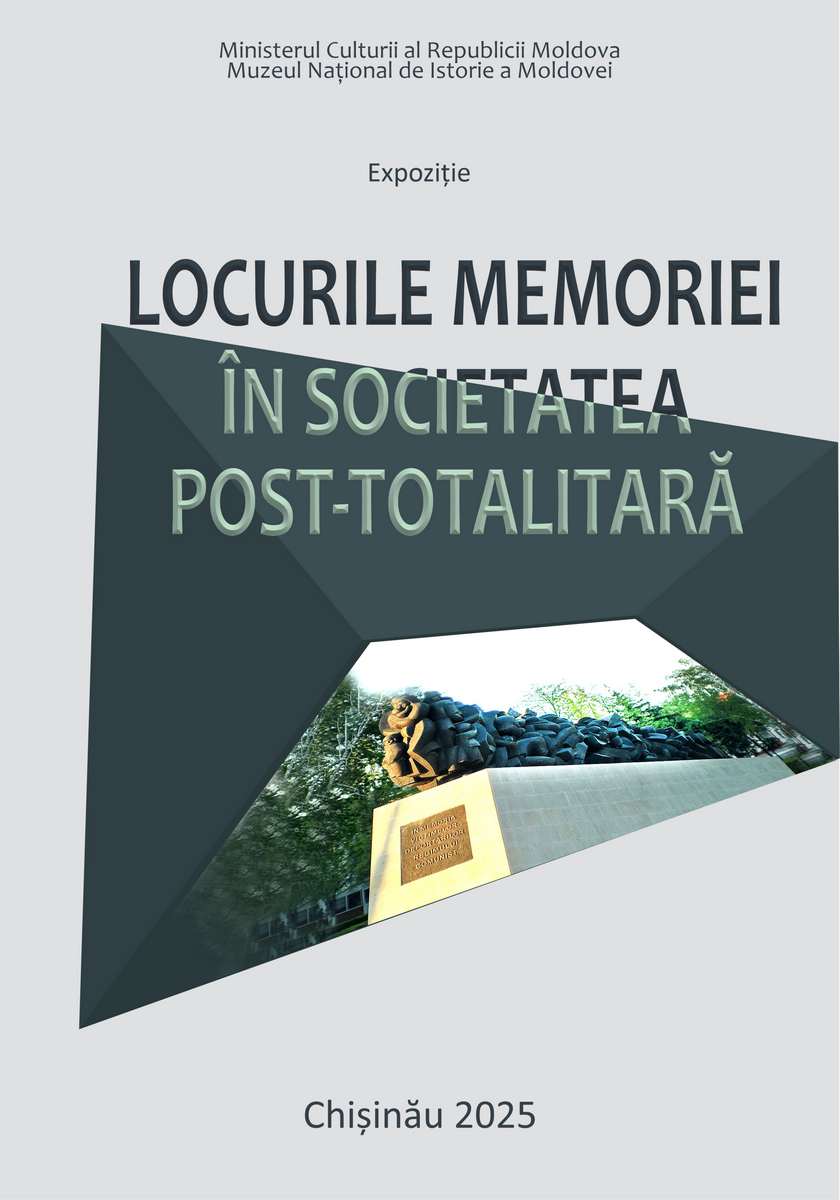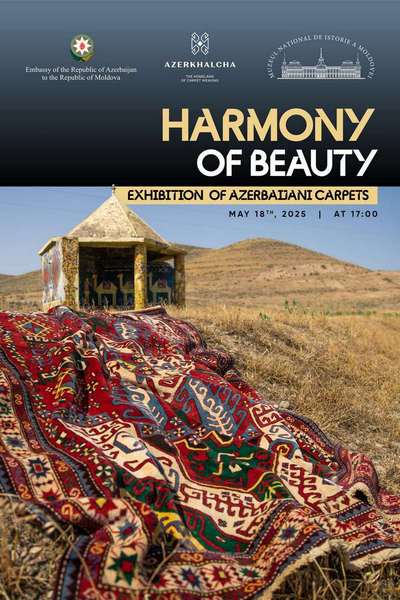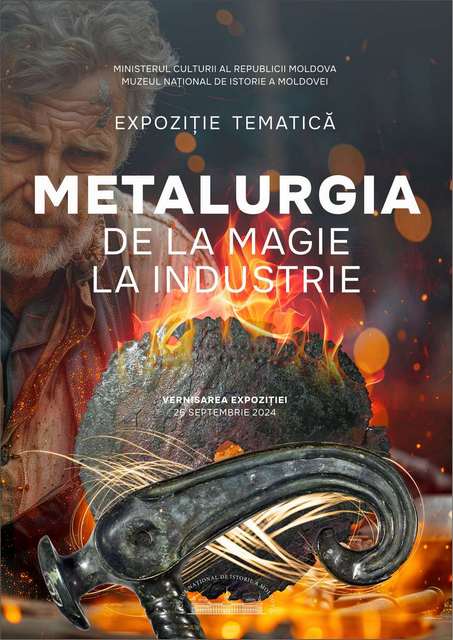  Events Archive Events Archive
Inauguration of the exhibition "Heydar Aliyev - Life and activity of a remarkable personality"
April 6, 2023
On April 6, 2023, in the premises of the National Museum of History of Moldova, took place the opening ceremony of the exhibition dedicated to the 100th anniversary of the birth of the Leader of the Nation of the Azerbaijani people, Heydar Aliyev, entitled "Life and activity of a remarkable personality". At the opening of the event, the ambassador of the Republic of Azerbaijan to the Republic of Moldova, Gudsi Osmanov, greeted the guests and thanked the management of the Republic of Moldova for the support given in order to organize the exhibition. He also spoke to the participants of the event about the activity and distinguished life of the great son of the Azerbaijani people, Heydar Aliyev, noting that precisely under the leadership of Heydar Aliyev, the relations between Azerbaijan and the Republic of Moldova began to develop, and today they are of the nature of a strategic partnership and cooperation in all directions. The Azerbaijani Deputy Minister of Foreign Affairs Khalaf Khalafov, who is on an official visit to the Republic of Moldova, participated and spoke at the opening of the exhibition. He qualified the organization of this exhibition in the premises of the National History Museum of Moldova as an important event and spoke about the role of the prominent statesman, the Leader of the Whole Nation of the Azerbaijani people in the history of Azerbaijan. Heydar Aliyev returned to power in the most difficult period at the request of the people and saved the country from the threat of civil war and collapse. Khalaf Khalafov stated that Heydar Aliyev laid the foundations for the development of Azerbaijan today by implementing important energy and transport projects in the country. The vice-minister spoke about the relations between Azerbaijan and Moldova, describing them as historical, friendly and good. The Azerbaijani Deputy Minister of Foreign Affairs emphasized that, since independence, the two countries have made efforts for peace and interacted in this context, noting the current high level of mutual trust and respect. The State Secretary of the Ministry of Foreign Affairs and European Integration of the Republic of Moldova, Ruslan Bolbocean, noted in his speech the high level of relations between Moldova and Azerbaijan, which are developing rapidly in all areas, which have great potential. He highlighted the role and great contribution of the Leader of the Whole Nation of the Azerbaijani people, Heydar Aliyev in the creation of independent Azerbaijan and in the transformation of the country into a leading state in the region. The Deputy of the Parliament of the Republic of Moldova, the President of the parliamentary friendship group between the Republic of Moldova and the Republic of Azerbaijan, Vitalie Jacot, spoke at the event. The deputy noted that Heydar Aliyev left a deep mark in the history of his nation, noting that only thanks to his wisdom and knowledge Azerbaijan became a regional leader and a reliable partner participating in important international projects. The exhibition, which will run for 15 days, presents archival photographs and video footage from the archives of the National Archives Agency and the History Museum of Azerbaijan, which reflect the life and work of Heydar Aliyev, an important politician and statesman of Azerbaijan. The exhibition also includes images related to cooperation between Moldova and Azerbaijan during Heydar Aliyev's rule. The exhibition was organized by the Embassy of the Republic of Azerbaijan, the National Museum of History of Moldova, the National Archives Agency, with the support of the Ministry of Foreign Affairs and European Integration of the Republic of Moldova and the Ministry of Foreign Affairs of the Republic of Azerbaijan and can be visited in the hall on the ground floor of the National Museum of History of Moldova, between April 6-20, 2023.
|




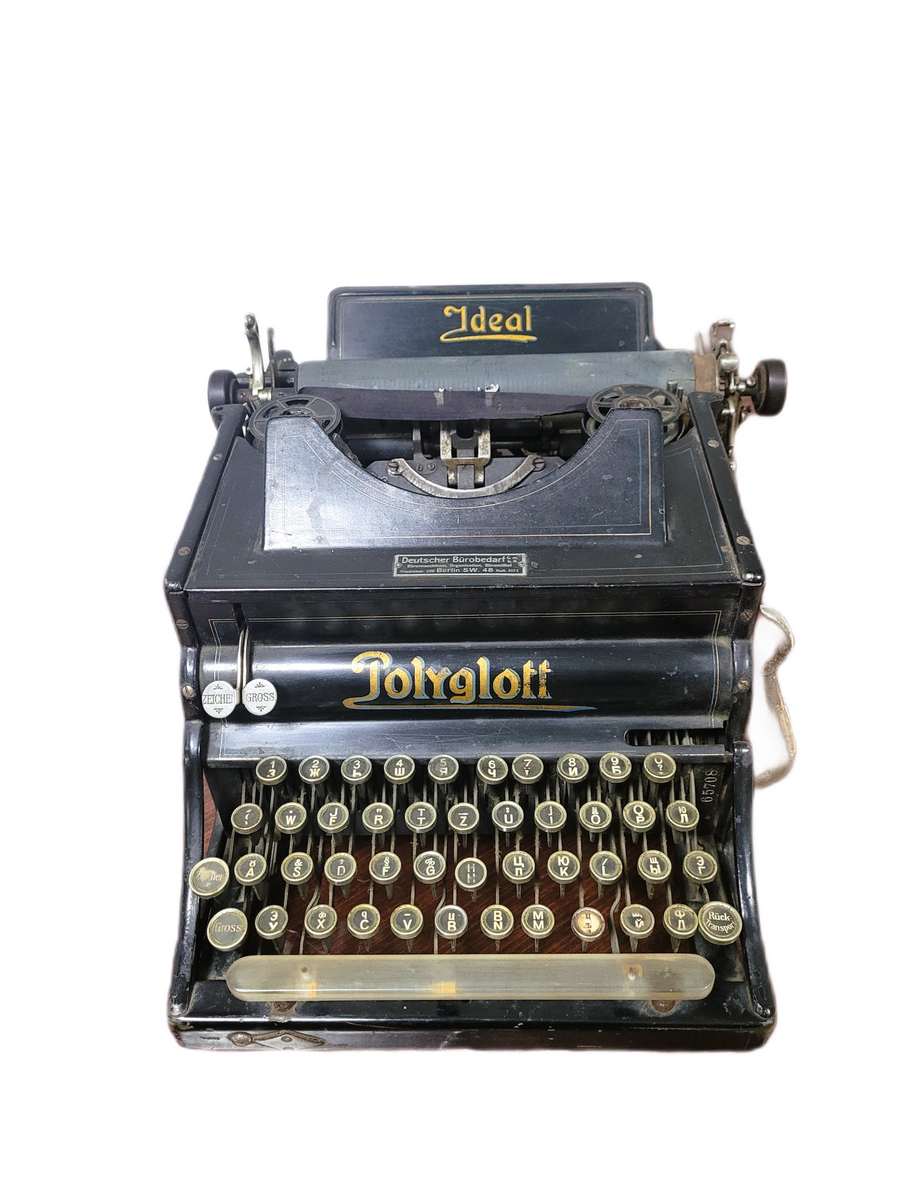
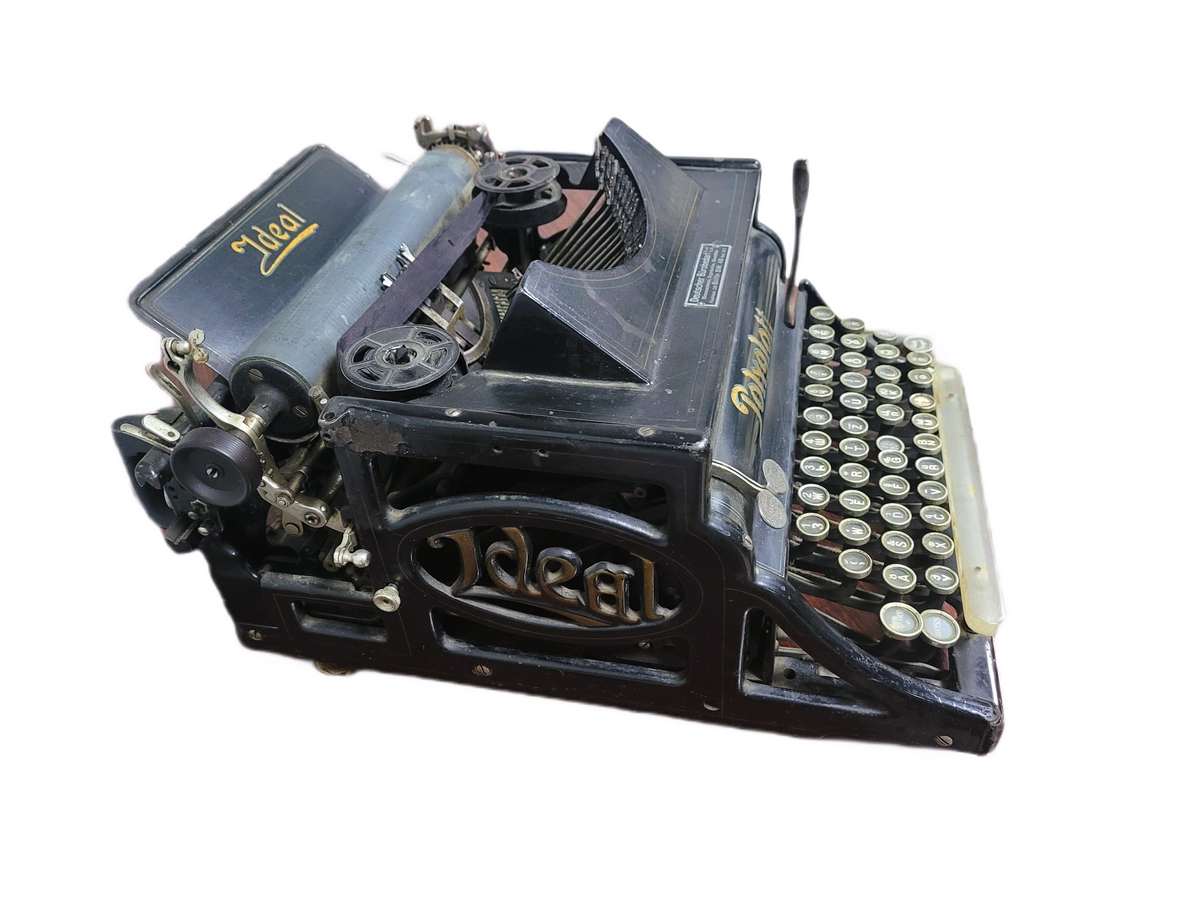 The side panels are elegantly decorated with refined cast-iron elements in the Art Nouveau style, displaying the brand name - "Ideal." The Polyglott model, featuring a bilingual keyboard patented in the United Kingdom by Max Klaczko from Riga, Latvia, was produced between 1902 and 1913, marking the first typewriter capable of writing in two languages. The "Ideal Polyglott" typewriter was actively sold in the Russian Empire and gained significant popularity in Poland, Bulgaria, and Serbia.
The side panels are elegantly decorated with refined cast-iron elements in the Art Nouveau style, displaying the brand name - "Ideal." The Polyglott model, featuring a bilingual keyboard patented in the United Kingdom by Max Klaczko from Riga, Latvia, was produced between 1902 and 1913, marking the first typewriter capable of writing in two languages. The "Ideal Polyglott" typewriter was actively sold in the Russian Empire and gained significant popularity in Poland, Bulgaria, and Serbia.









































